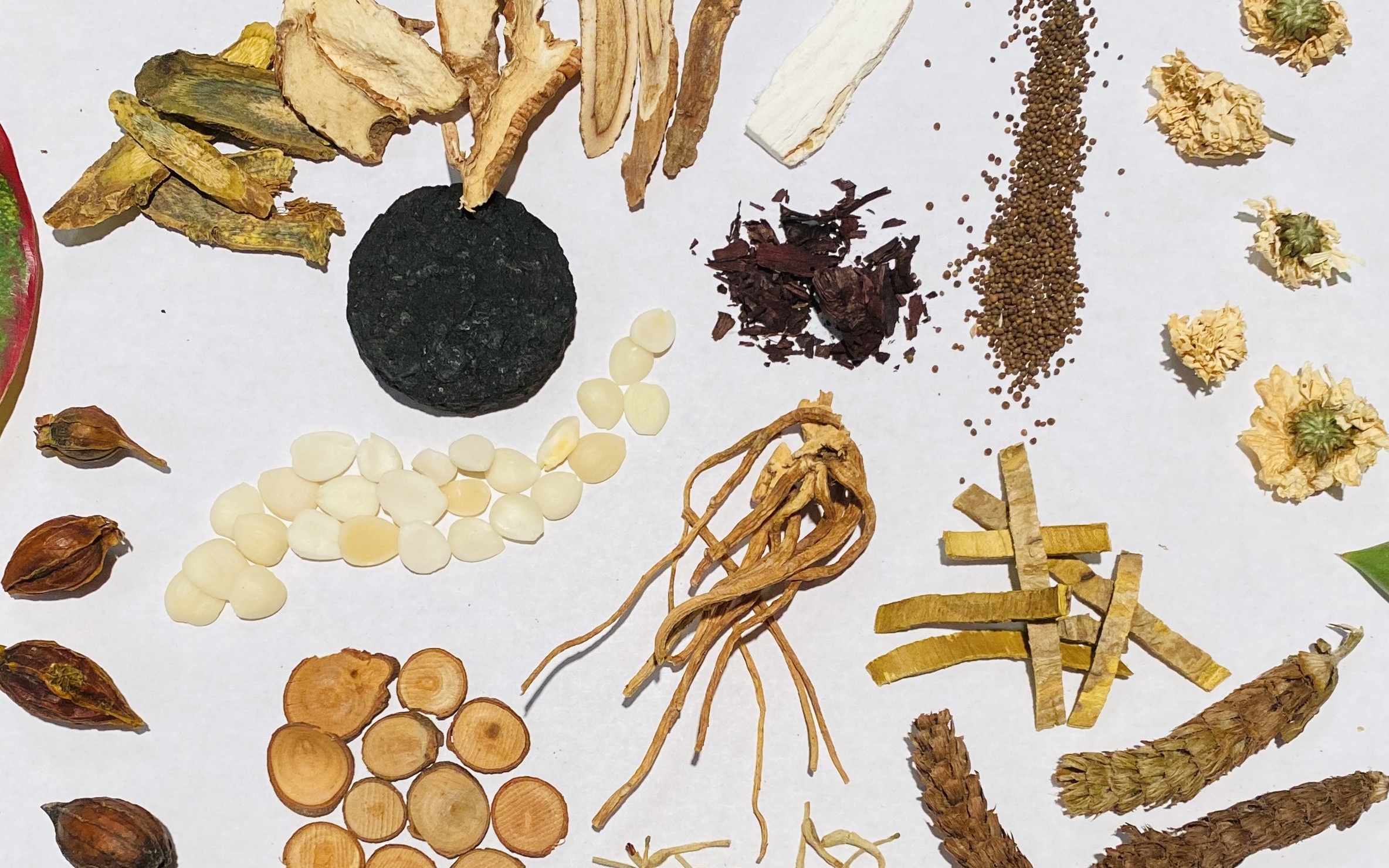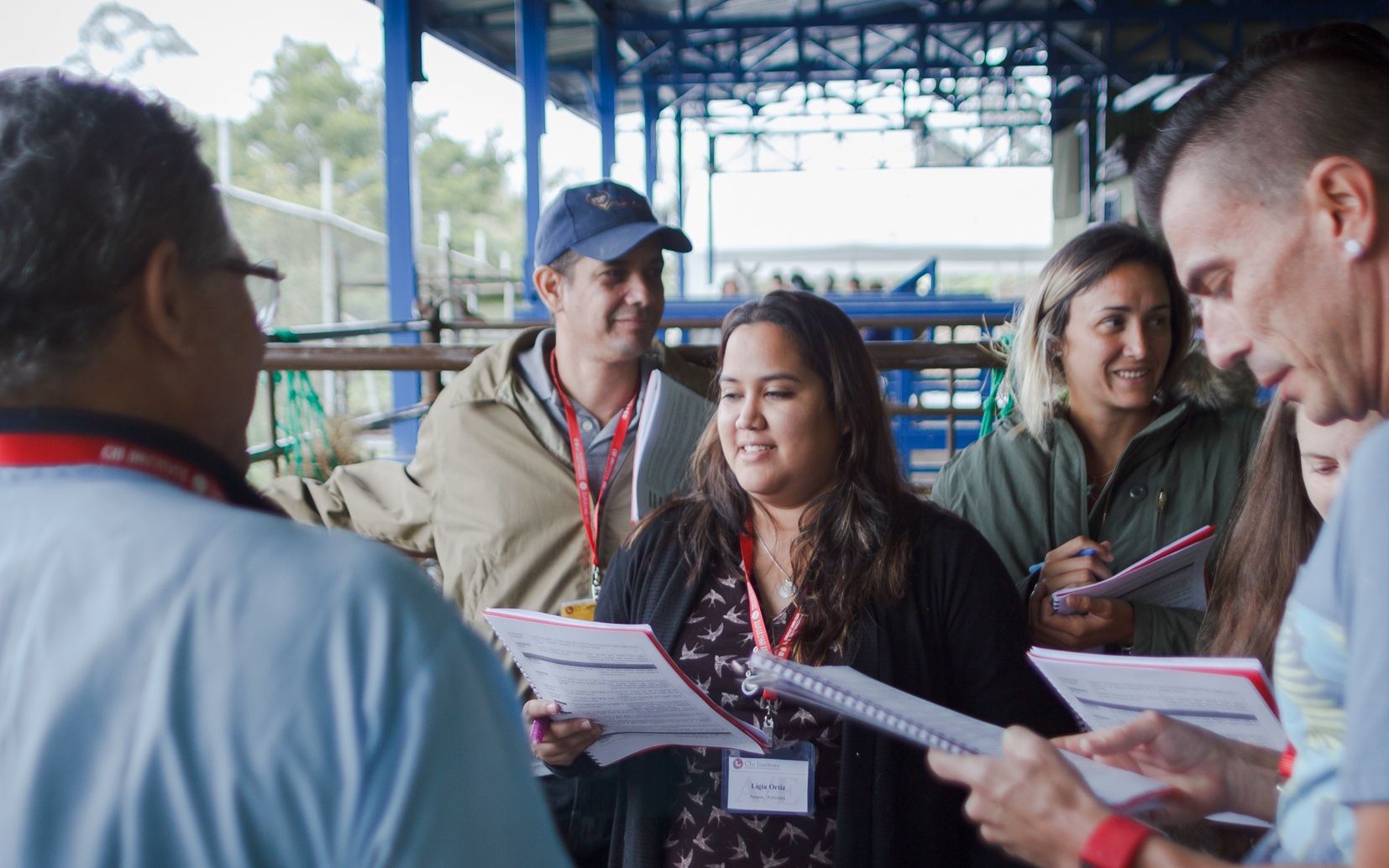Traditional Chinese Veterinary Medicine
A medicine with historical roots, continuing to evolve

History
Traditional Chinese Veterinary Medicine (TCVM), although relatively new to the Western world, is a medical system that has been used in China to treat animals for thousands of years. It is an adaptation and extension of Traditional Chinese Medicine (TCM) used to treat humans. Speaking broadly, Chinese Medicine is a complete body of thought and practice grounded in Chinese Daoist philosophy. Though it can be traced back over two millennia in recorded history, it, like any medical system, continues to evolve today, and current research on acupuncture and herbal medicine is beginning to shed light on its mechanism of action.

Chinese Medicine Theory
Chinese Medicine is based on the Daoist worldview that the body is a microcosm of the larger, surrounding universe. As such, the cosmic laws and forces that govern the external world also govern the body’s internal environment. Just as life-energy or “Qi” is an innate force of the universe, it too is a fundamental force of the body, driving its every action and transformation. Yin-Yang theory, which is central to Daoist philosophy, also features prominently in Chinese Medicine. This theory describes how opposing forces of the universe - light and dark, hot and cold, etc,- mutually create and transform each other, and play a key role in the characterization of physiological function and disease.
The Ancient Chinese observed yearly cycles through five seasons – spring, summer, late summer, autumn, and winter, which they corresponded to the Wu Xing, or Five Elements, consisting of Wood, Fire, Earth, Metal, and Water. Just as the Earth cycles through these five seasons, the body, too, passes through the five phases in its own life cycle. In this way, a young pup is said to be in its Wood (or spring) phase of life, while an old mare is said to be in its Water (or winter) phase. Moreover, the bodily organs have also been mapped to the five phases, and the Five Element Theory is used to explain the functional relationships between organ systems. For instance, the Kidney, corresponding to the Water element, is the “mother” of the Liver, a Wood element organ, because Water generates Wood in the way that watering a tree makes it grow.

Disharmony and Disease
In Chinese Medicine theory, disease is understood as an imbalance in the body, and diagnosis proceeds through identifying the underlying “pattern” of disharmony. Pattern diagnosis differs from conventional Western medical diagnosis in that it takes into account not only disease signs but how these signs relate to the individual patient. Thus, TCVM practitioners will consider the temperament, sex, age, activity, and environment of an animal along with the animal’s particular disease signs. This approach stems from the belief that the body is an interconnected system of forces and functions so that disease and disharmony must be examined with respect to the whole patient. For this reason, Chinese Medicine is often regarded as more holistic than conventional Western Medicine.
The Four Branches of TCVM
TCVM is comprised of four main treatment modalities
Acupuncture
Acupuncture is a treatment that involves the stimulation of points, typically achieved through the insertion of specialized needles into the body. Acupuncture points typically lie along the body’s Meridian Channels along which Qi flows. Most veterinary acupuncture points and Meridian lines are transposed to animals from humans, though knowledge of some “classical points” defined on particular species has been retained and is used to this day.
Herbal Medicine
Herbal Medicine utilizes herbal ingredients listed within the Chinese Herbal Materia Medica in particular combinations or formulas to treat particular disease patterns. Herbal formulas are administered orally and are typically given in powder form to horses and other large animals and in tea pill or capsule form to cats and dogs.
Food Therapy
Food Therapy is the use of diet to treat and prevent imbalance within the body. It utilizes knowledge of the energetics of food ingredients to tailor diets for individual animals.
Tui-na
Tui-na is a form of Chinese medical massage in which different manipulations are applied to acupoints and Meridians to promote the circulation of Qi and correct imbalances within the organ systems.

Integration between East and West
TCVM is often viewed as a form of complementary therapy and is best when used in conjunction with Western Veterinary Medicine (WVM). Both TCVM and WVM have their own strengths and weaknesses. TCVM is a holistic approach that is suited to assessing the well-being of the whole patient, and treatments are generally non-invasive with few side effects. However, TCVM lacks the tools necessary to pinpoint illness to specific disease-causing agents like pathogenic bacteria or viruses, and treatments are better suited for chronic conditions than acute ones. On the other hand, WVM utilizes the tools of modern science to diagnose disease with great precision, and Western drugs and procedures are powerful and fast-acting. However, its insistence on detailed diagnosis may come at the expense of getting the larger picture. Furthermore, while modern medicine can perform miracles for trauma and acute injuries, it has little to offer chronic conditions like liver failure and atopy which can be treated effectively with acupuncture and herbal medicine. In many ways, TCVM and WVM each has what the other lacks. Thus, the best medical system involves the integration of the two systems, so that the strengths of one can compensate for the weaknesses of the other.